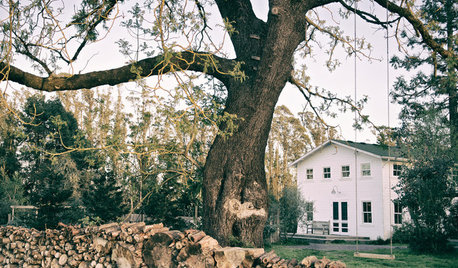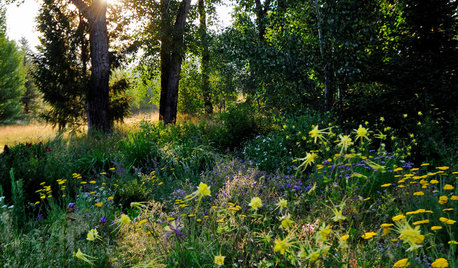What exactly are water sprouts / shoots?
drfugawe
15 years ago
Related Stories

SAVING WATER11 Ways to Save Water at Home
Whether you live in a drought-stricken area or just want to help preserve a precious resource, here are things you can do to use less water
Full Story
KITCHEN DESIGNKitchen of the Week: Elegant Farmhouse Style on the Water
Beautifully designed cabinets and more lend a timeless appeal to this kitchen overlooking a river in Canada
Full Story
FARM YOUR YARDHow to Farm Your Parking Strip
Get an up-close look at a thriving street-side edible garden, one of many sprouting up in Seattle
Full Story
HOUZZ TOURSHouzz Tour: Picture-Perfect Simplicity
It’s like camping out in a catalog sometimes at this classic farmhouse — Pottery Barn and other retailers love it for photo shoots
Full Story
NATIVE PLANTSWhy Aggressive Plants Might Actually Be Your Friends
Sometimes a garden thug is exactly what’s called for
Full Story
LIGHTINGGlass Lamps: The Ultimate Neutral Lighting Fixtures
See your way to using clear glass table and floor lamps in any style room to put the focus exactly where you want
Full Story
EARTH DAYGrow a Beautiful Garden With Ecofriendly Greywater
Reducing home water waste means lower bills and a healthier planet. Here's how to set up a greywater home irrigation system that can help
Full Story
BEFORE AND AFTERSSee 6 Yards Transformed by Losing Their Lawns
Wondering whether a turf lawn is the best use of your outdoor space? These homeowners did, and they found creative alternatives
Full Story
MOST POPULARMeet a Lawn Alternative That Works Wonders
Carex can replace turfgrass in any spot, is low maintenance and adjusts easily. Add its good looks and you’ve got a ground cover winner
Full Story
EARTH DAYThe Case for Losing the Traditional Lawn
Work less, help the environment and foster connections by just saying no to typical turf
Full Story







katrina1
fruitnut Z7 4500ft SW TX
Related Professionals
Washington Landscape Architects & Landscape Designers · Pottstown Landscape Contractors · Stamford Landscape Contractors · Surprise Landscape Contractors · Berkeley Heights Landscape Contractors · Brownsville Landscape Contractors · Burien Landscape Contractors · Lehigh Acres Landscape Contractors · Maywood Landscape Contractors · North Ridgeville Landscape Contractors · Palos Verdes Estates Landscape Contractors · Pueblo West Landscape Contractors · Snoqualmie Landscape Contractors · White Bear Lake Landscape Contractors · Lauderdale Lakes Landscape Contractorsafss
fruitnut Z7 4500ft SW TX
drfugaweOriginal Author
myk1
bozemeier
KG_in_CT
fruitnut Z7 4500ft SW TX
bozemeier
eboone_gw